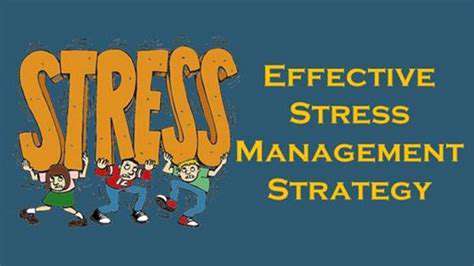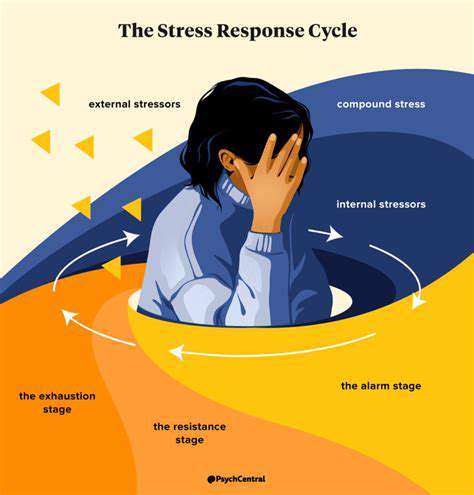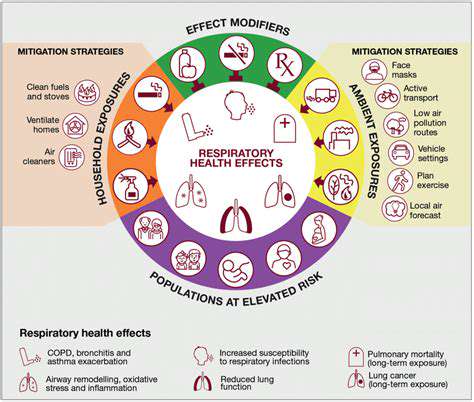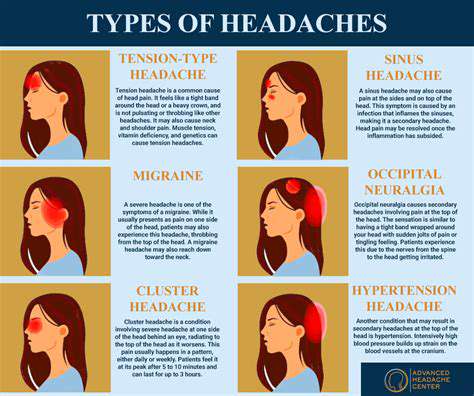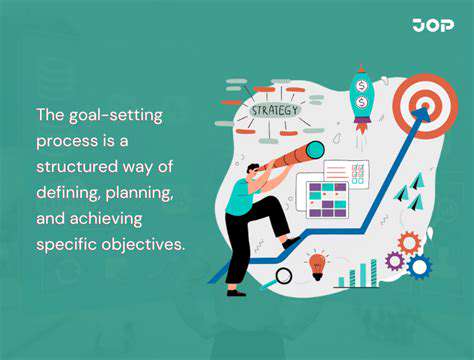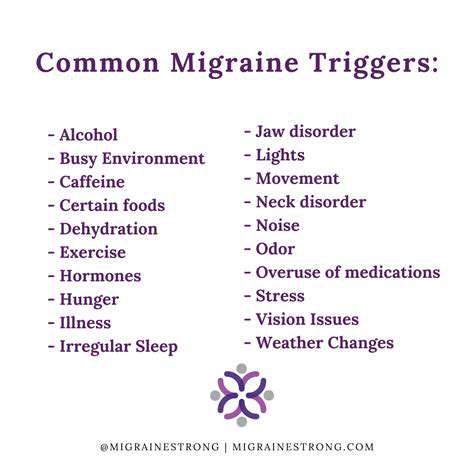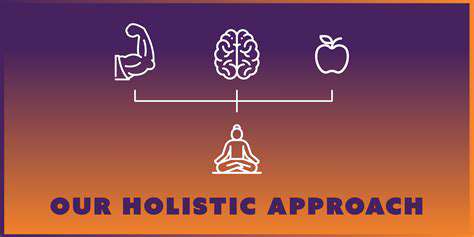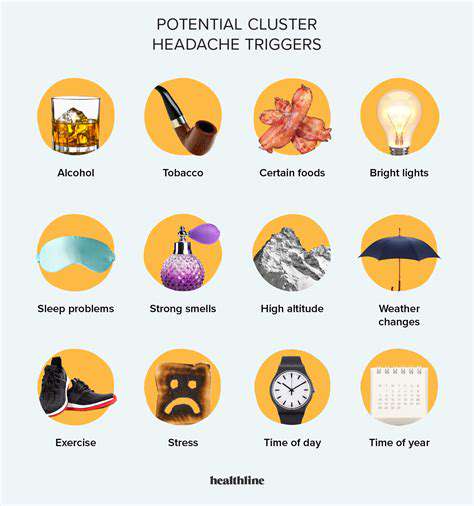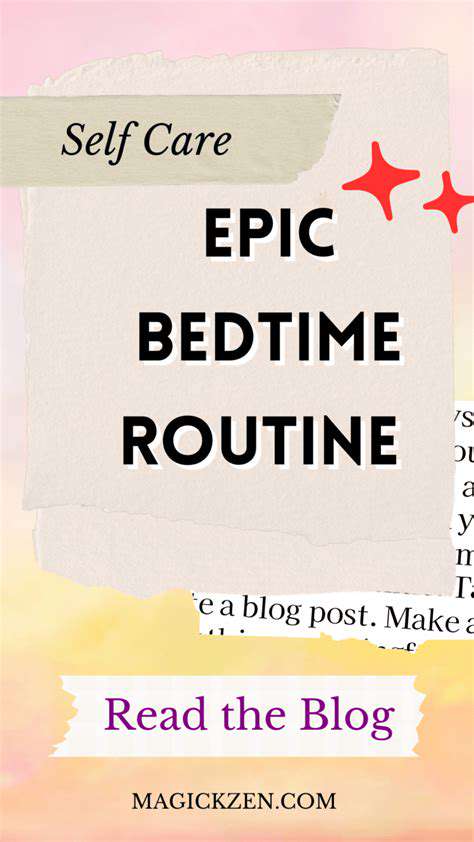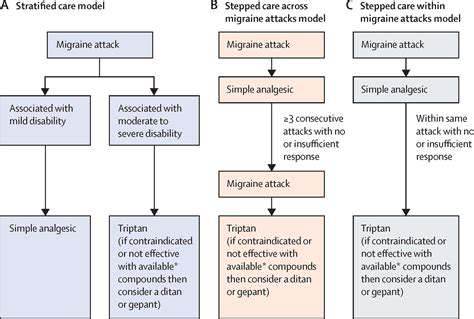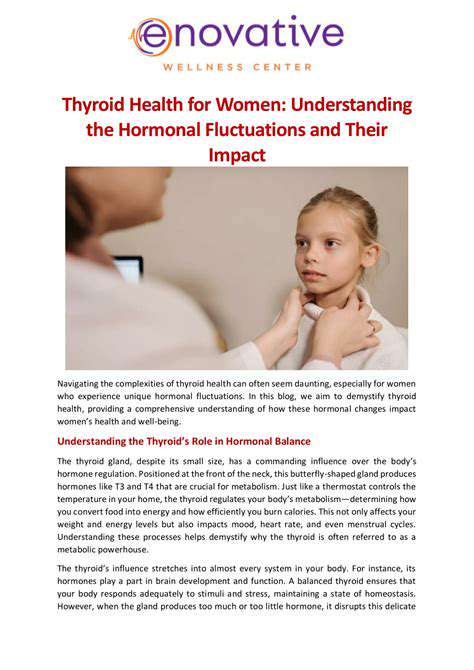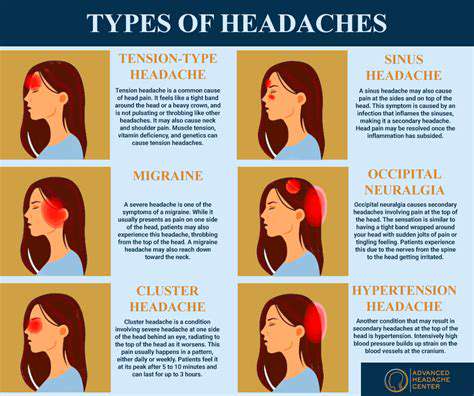Managing Sensory Overload in Daily Life
Practical Strategies for Everyday Situations
Strategies for Managing Visual Overload
Visual overload often stems from intense lighting, busy patterns, or excessive visual stimulation. Effective management typically involves crafting visually calming spaces. Consider using softer lighting, incorporating restful colors like blues and greens, and strategically placing plants or artwork to reduce visual chaos. Selecting simpler designs for home decor, clothing, and digital interfaces can significantly decrease visual stress.
Visual filters offer another helpful solution. Sunglasses can reduce glare, while adjustable window coverings allow control over natural light. These straightforward adjustments contribute to more peaceful visual environments.
Managing Auditory Overload
Sound-related overload frequently results from loud noises, multiple simultaneous conversations, or constant background noise. Creating access to quiet spaces and using sound-reducing headphones or earplugs can provide substantial relief. Designating specific quiet zones in your living or work environment offers sanctuary from auditory overwhelm.
Building regular quiet periods into your daily routine allows your auditory system to recover. Background noise machines or calming music can also help mask disruptive sounds and promote relaxation.
Navigating Tactile Overload
Tactile sensitivity may involve discomfort with certain textures, restrictive clothing, or unwanted physical contact. Understanding your personal tactile preferences is key. Opt for soft, comfortable fabrics and avoid constrictive garments that might trigger discomfort. Incorporate pleasant textures like plush blankets or smooth surfaces in your personal spaces.
Developing awareness of tactile preferences helps in managing reactions. If a particular texture feels unpleasant, simply removing yourself from contact can help. Creating physical space when touch feels overwhelming also proves beneficial.
Addressing Gustatory Overload
Taste-related overload often involves strong flavors or overwhelming food textures. Careful meal planning helps manage this sensitivity. Choose milder flavors and avoid intensely spiced dishes. Pay attention to how different foods affect you and adjust your diet accordingly.
Environmental factors also influence gustatory experiences. Consider using subtle, pleasant scents rather than strong fragrances. If confronted with overpowering smells, relocating can provide relief.
Strategies for Controlling Olfactory Overload
Smell-related overload can often be managed through environmental adjustments. Avoid strongly scented products like perfumes or air fresheners. When unavoidable, calming essential oils like lavender may help counterbalance overwhelming odors. Conscious product selection and environmental awareness can significantly reduce olfactory triggers.
Managing Kinesthetic Overload
Movement-related overload may occur in chaotic environments or when personal space feels constrained. Creating designated movement areas helps manage this sensitivity. This might involve establishing quiet corners, specific exercise spaces, or simply ensuring adequate personal space in shared environments.
Balancing activity with rest proves equally important. Regular breaks from intense movement allow the body to recover. Gentle movement practices like yoga or tai chi can help regulate kinesthetic sensitivity.
Developing Coping Mechanisms for Multi-Sensory Overload
Multi-sensory overload requires comprehensive coping strategies. Techniques like deep breathing, mindfulness, and progressive muscle relaxation build resilience against overwhelming situations. Regular practice strengthens these coping skills.
Creating a personalized sensory toolkit – including items like noise-canceling headphones, weighted blankets, or calming scents – provides immediate relief options. Understanding your triggers and having prepared responses significantly reduces multi-sensory overload's impact.
